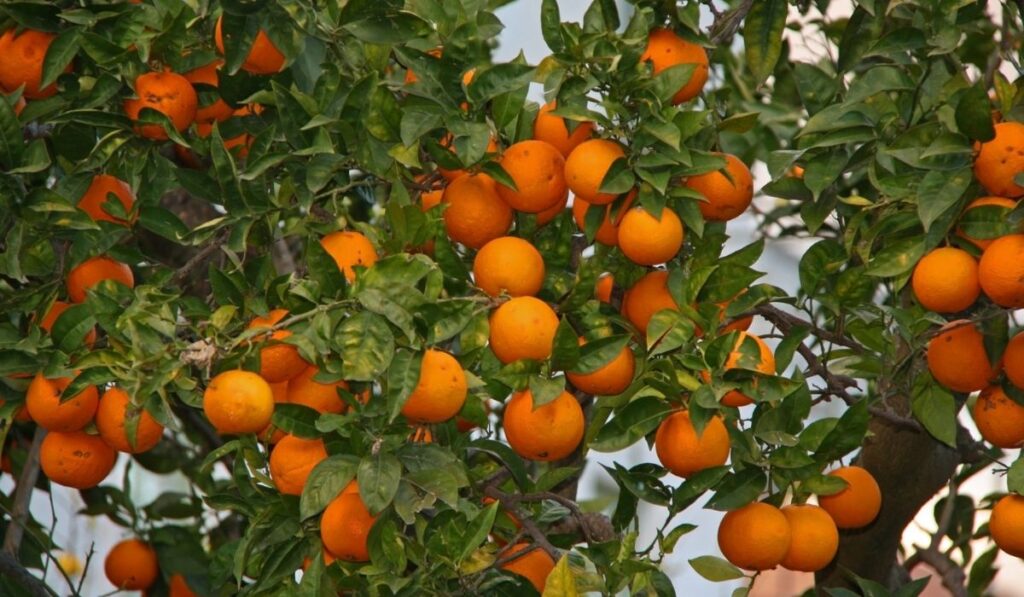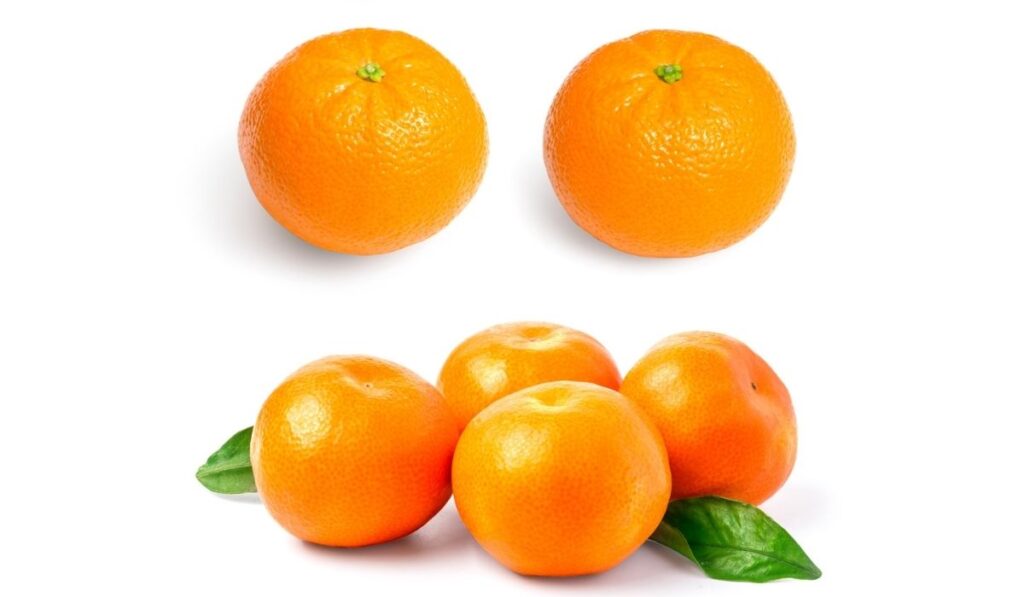Mandarin oranges are a type of citrus fruit that is popular in many parts of the world. They’re usually eaten fresh or used to make marmalade, jams, and juices. Mandarin oranges are a good source of vitamins A and C, as well as dietary fiber. So when can you find these tasty, healthy fruits?
Different varieties of mandarin oranges ripen at different times of the year. However, most mandarin oranges are in season during the cooler months — from October through April, with peaks from late December to mid-February.
Because there’s such variety when it comes to mandarin oranges, you’ll have to familiarize yourself with the different kinds and when you might find them. Let’s take a look at some of the most popular options, how to pick them out, and how to prepare them.
Which Season Is Best for Mandarin Oranges?

There are many varieties of Mandarin oranges, and they differ in color, size, and sweetness. The most common type is the Clementine. Clementines are small, orange-colored fruits that have very sweet flavor. They are often eaten as a snack or used in salads.
Other popular varieties of Mandarin oranges include Satsumas, Tangerines, and Tangors. Mandarin oranges are typically grown in warm climates such as California, Arizona, Florida, and Texas in the United States.
Mandarin oranges are in season between October and April, but the different varieties may peak at different times. Clementine mandarins are typically in season from October to January. Satsuma mandarins are usually in season from October to December, while tangerines are usually in season from November to April.
In the off season, there are options like canned mandarin oranges (on Amazon) that you can use to get your fix and add to salads or, indeed, heat straight from the jar!
How to Pick Ripe Mandarins in the Store
When selecting mandarins in the store, look for fruits that are heavy for their size and have a bright, uniform color. Avoid fruits that are dull in color or have green patches.
The skin should be smooth with no blemishes or brown spots. Gently squeeze the fruit to see if it yields to pressure. If it’s too soft, it may be overripe. You should also sniff the fruit to see if it has a pleasant citrus smell.
Once you have selected ripe mandarins, you can store them at room temperature or in the fridge. If you plan to eat them within a few days, they can be stored right on the countertop or in a bowl.
If you want the mandarins to last longer, place them in a plastic bag and store them in the crisper drawer of your fridge. Mandarins can last up to two weeks when stored properly.
What Are the Health Benefits of Mandarin Oranges?
Mandarin oranges are a good source of vitamins A and C, as well as dietary fiber. They also contain some potassium and calcium.
Vitamin C is an important nutrient that helps to boost the immune system and protect the body against infection. It is also necessary for the formation of collagen, which is a protein that helps to keep the skin healthy and promotes wound healing.
Vitamin A, meanwhile, is a nutrient that is essential for vision, bone growth, and cell reproduction.
Potassium is necessary for proper muscle function and helps regulate blood pressure. Calcium is necessary for strong bones and teeth.
Mandarin oranges also contain flavonoids that have antioxidant and anti-inflammatory properties.
How to Prepare Mandarin Oranges
Mandarin oranges can be eaten as is or used in various recipes. To eat them whole, simply peel back the skin and enjoy the juicy flesh.
You can also add mandarin segments to salads or use them as a healthy topping for oatmeal or yogurt. If you want to get creative in the kitchen, mandarins can be used in savory dishes like stir-fries or sweet treats like pies and preserves.
Whichever way you choose to enjoy mandarins, they are a delicious and nutritious snack that is perfect for satisfying your sweet tooth.
What’s the Difference Between Mandarins and Tangerines?

At face value, it can be quite difficult to tell the difference between a mandarin and a tangerine. Both fruits have similar physical characteristics, smell similar, and belong to the same citrus family.
They have the same juicy, segmented flesh and small seeds when peeled. Even their nutritional value is practically identical.
While they have similar features, the tangerine is actually a variety of the mandarin. So, what exactly sets these two fruits apart? The main difference between mandarins and tangerines lies in their taste.
Tangerines are slightly sweeter and less acidic than mandarins. Mandarins also have a more complex flavor that some describe as being a little bit like a cross between an orange and a lemon.
Mandarins are typically smaller and rounder than tangerines. They also have a looser skin that is easier to peel. On the other hand, tangerines are slightly larger, with a more oblong shape. Their skin is also thicker and tougher to peel.
